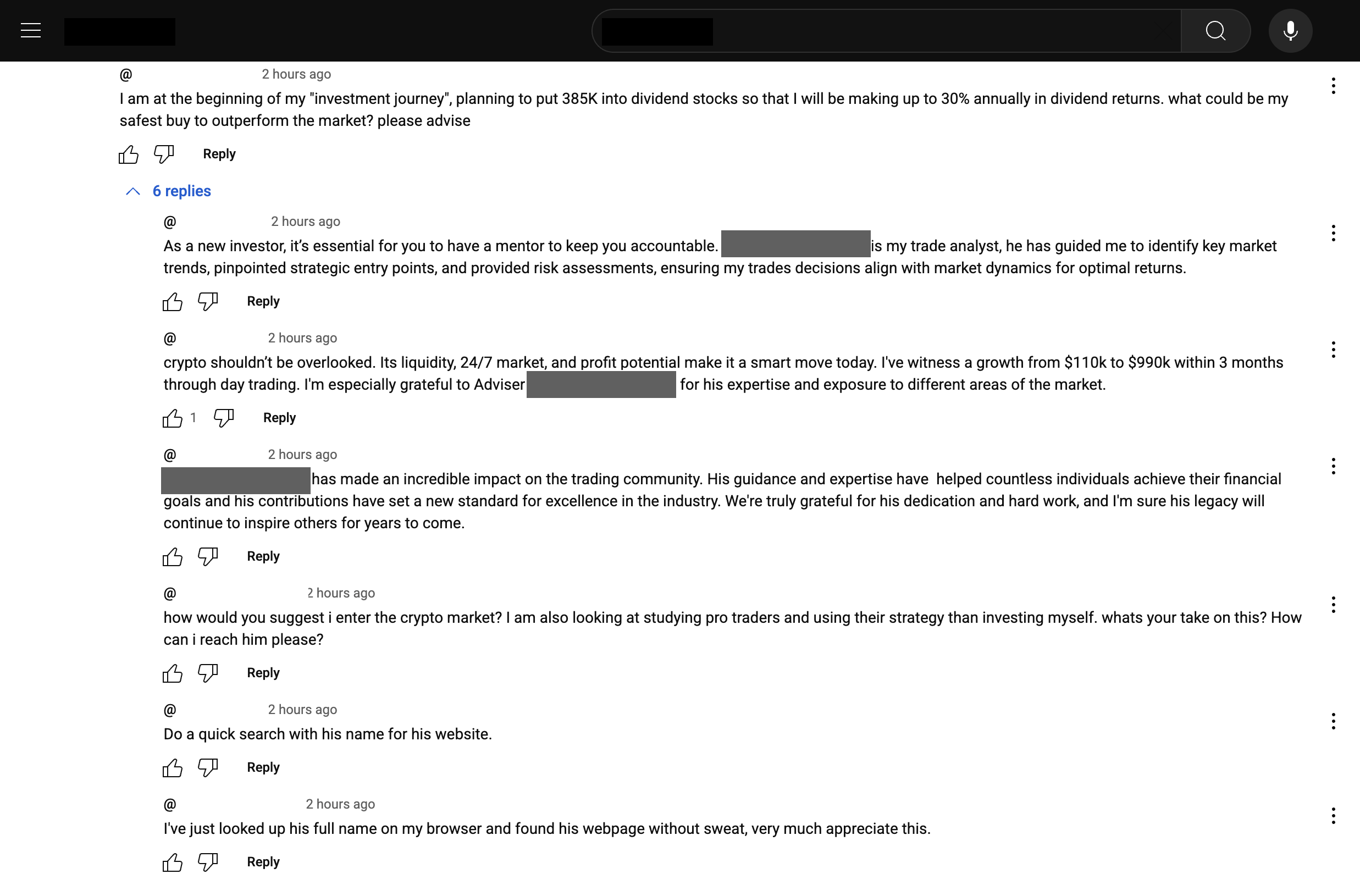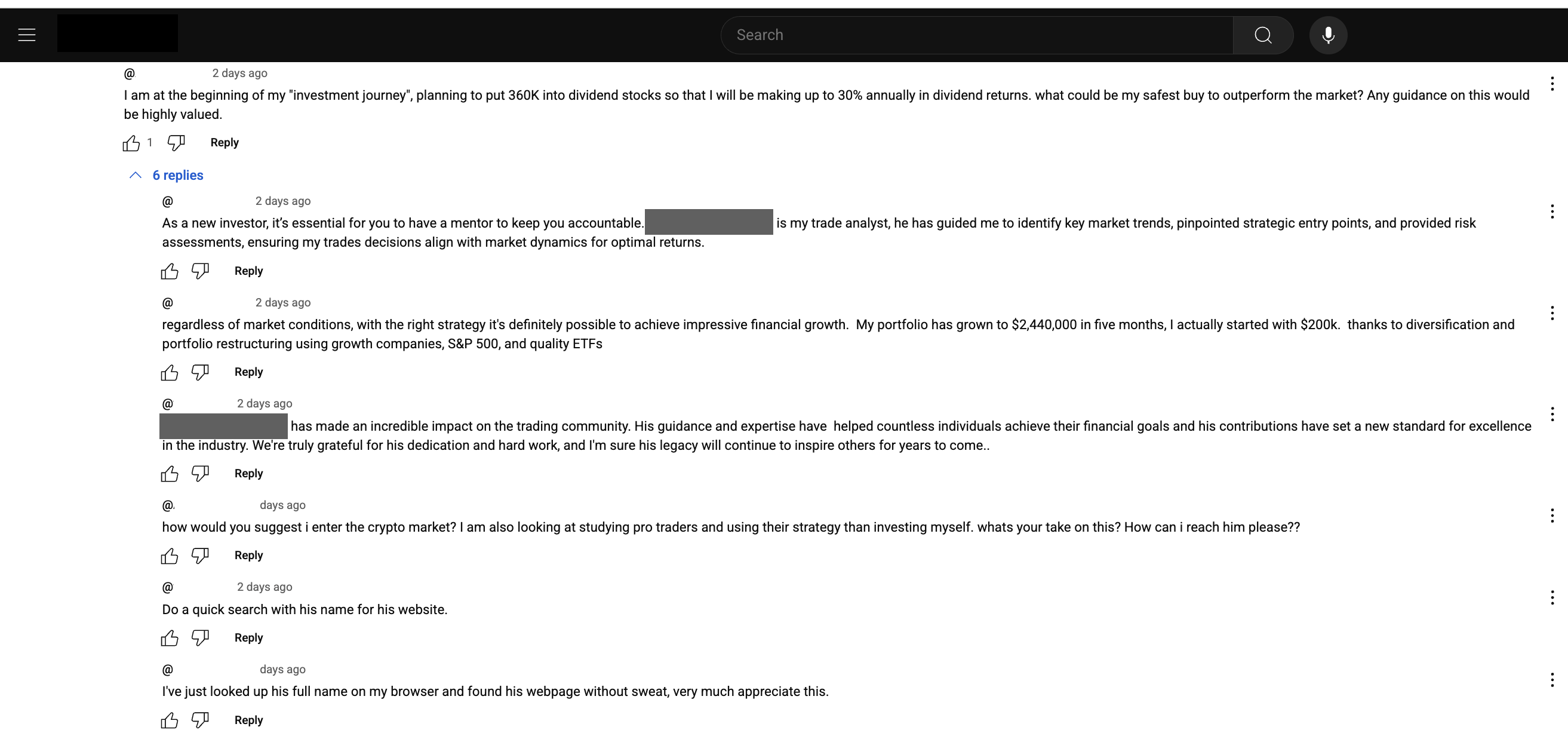T&S #1: A Case of Spam in UGVC
2025 June 12
DISCLAIMER: The following is an educational analysis based on the author's interpretation of publicly available data using the framework outlined in this post. It constitutes the author's opinion and is not a definitive assertion of fact.
The Significance of User Generated Video Content Platforms
2 things that we as people value are {social connections} and {entertainment & education}. With the improvements in affordability for mobile, personal internet communicator devices¹ and for mobile, personal internet connectivity, user generated video content (UGVC) platforms offer people unified experiences bringing together {social connections} and {entertainment & education} into a single, accessible, and convenient moment.
3 platforms deliver this delightful experience best: YouTube, Instagram and TikTok. As of the end of calendar year 2024, each of these platforms have over 1 billion users and over 25 billion USD in advertising revenue².
The Attractiveness for Spammers, Scammers and Fraudsters
However, these delightful experiences also invite the focused efforts of spammers, scammers and fraudsters due to these 3 platform properties:
- A concentrated ecosystem of personally sensitive information due to the social connections
- A massively scaled ecosystem due to the billions of users and their activities
- A valuable ecosystem due to the billions of advertising revenue
The existence of these actors in the ecosystem pose a threat to a north-star situation where "content becomes community".
The Deterrence of Spammers, Scammers and Fraudsters
To deter these undesirable behaviors, each of the 3 platforms define policies and enforce those policies through computer-program-driven (e.g. classifiers) and/or people-driven approaches (e.g. investigations). Focusing on the policies aspect, each of these platforms communicate their policies through the publicly available community guidelines³. In this sentence are links to YouTube’s, Instagram’s and TikTok’s community guidelines.
Community guidelines serve to define what is allowable, what is restricted, and what is not allowed. For these UGVC platforms, the guidelines define policies related to (1) the video content, (2) the interactions and activities associated with that video content, (3) some properties related to the video author.
Across each platform's community guidelines are commonly covered areas of concern which include and are not limited to violent or dangerous content, regulated goods and services, inauthentic behaviors, and deceptive behaviors. Focusing on inauthentic and deceptive behaviors, one common issue across these platforms is spam. In this sentence are links to YouTube’s, Instagram’s and TikTok’s spam-specific guidelines.
A Basis for Spam Identification
To start, one needs a basis for identifying spam. Spam can present the following characteristics:
- Inauthentic
- Deceptive
- Repetitive
- Promotional
In addition to these characters, one needs to raise confidence in the likelihood that something is spam, and this can be done by a UGVC spam evaluation framework which assesses:
- Content
- Interactions and Activities
- Account
Before reviewing an example, readers of this article must know that the vast majority/the lion's share of all content, interactions and activities and accounts on any of these 3 UGVC platforms are real people seeking to add to and/or enjoy the delightful experience of each platform. With this in mind, any examples of spam reviewed are considered "likely spam" due to the "higher levels" of confidence that an analysis of an example brings, or "possibly spam" due to some spam-like behavior, or "likely not spam", or "not spam".
An example of spam in the comments sectionLet's assume the following:
- We are using UGVC platform U
- We come upon a post P on U by video author A
- We click into P because we are interested in A's viewpoints on the world's economic landscape recorded in the video content V
- We see that P also comes with comments section C, and we want to find community members who agree and/or disagree with our opinions
- We scroll through C, and we find two very similar looking threads CT1 and CT2
- We wonder, "Oh no, is this spam?"
 Comments thread #2 (CT2)
Comments thread #2 (CT2)

Reviewing CT#1, let’s apply the UGVC spam evaluation framework:
- Content
- Interactions and Activities
- Account
Here is a walkthrough of how the evaluation framework could be applied, and let us begin with Comment #1 in CT#1.

Applying the evaluation framework to these threads leads to a conclusion that they exhibit multiple characteristics commonly associated with spam. Applying a specific conclusion such as "Likely spam", "Possibly spam", "Likely not spam" and/or "Not spam" would be up to an individual analyst's own weighting of each dimension/characteristic combination.
What comes next after this blogpost?
After walking through one example of application of the UGVC spam evaluation framework, one may begin to scroll other UGVC posts and look for potential cases of spam. After looking at enough cases, one may wonder, "Why are there 'so many'⁴ uncaught cases of spam? I thought {UGVC platform} was a software company? If I can see this is spam, AI(-powered computer programs) should be able to see it too! {UGVC platform} are a bunch of {derogatory term to comment on a collection of people's capability and integrity}." To address this possible curiosity, moving forward, the following blogposts will further focus on spam in UGVC platforms:
- T&S #2: A Rationale for Uncaught Spam in UGVC
- T&S #3: A Person-driven Evaluation Framework for UGVC Spam
- T&S #4: A Computer-program-driven Evaluation Framework for UGVC Spam
- T&S #5: More Examples of Uncaught Spam on UGVC
- T&S #6: Open Source Projects for Detecting Spam in UGVC
- T&S #7: An Overview of Companies Detecting Spam in UGVC
The blogposts will be published over the coming weeks.